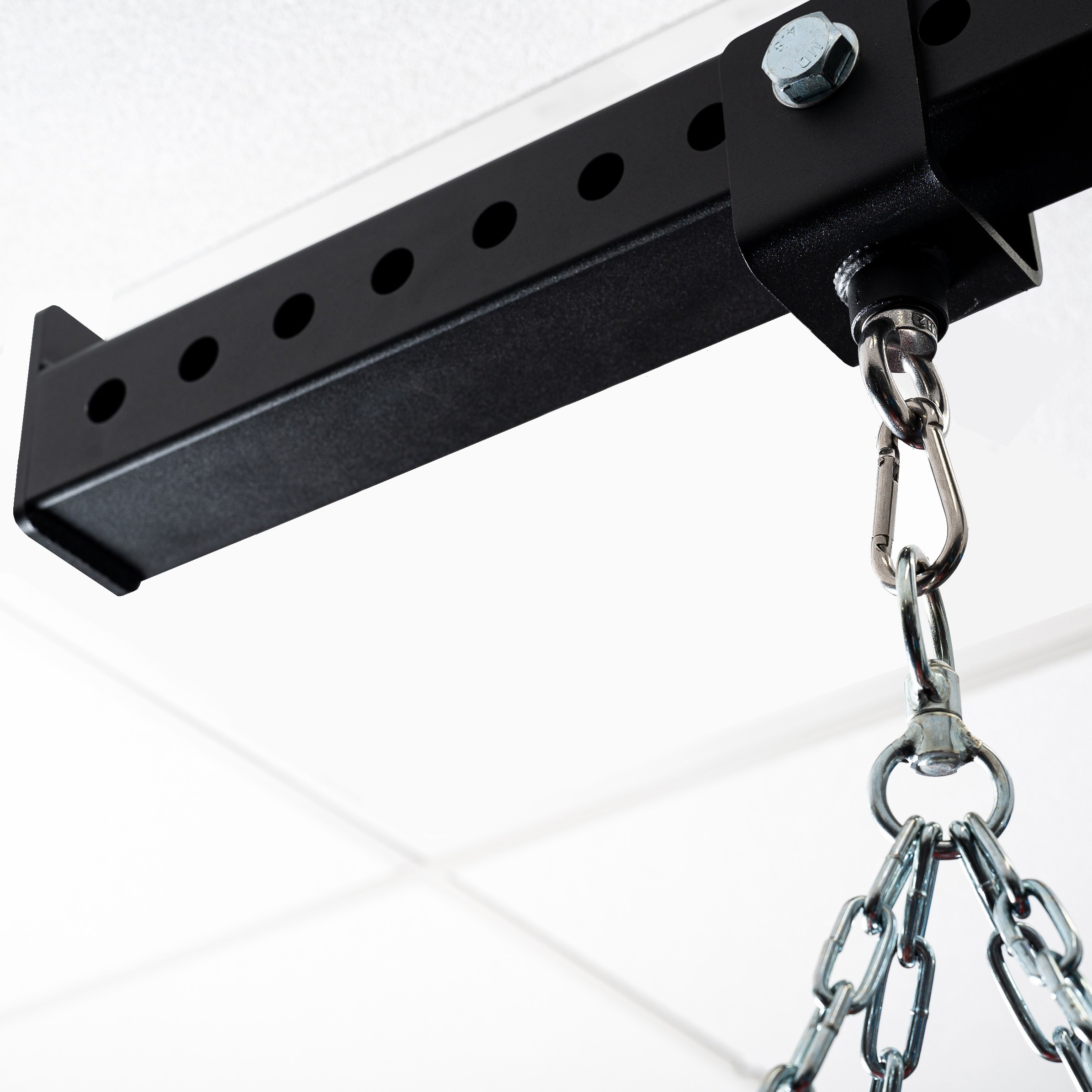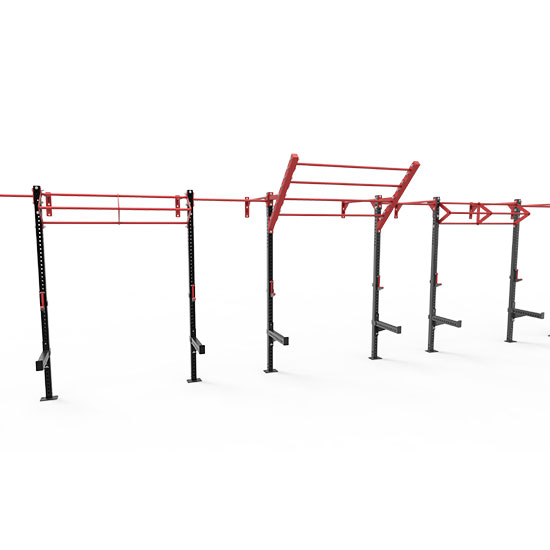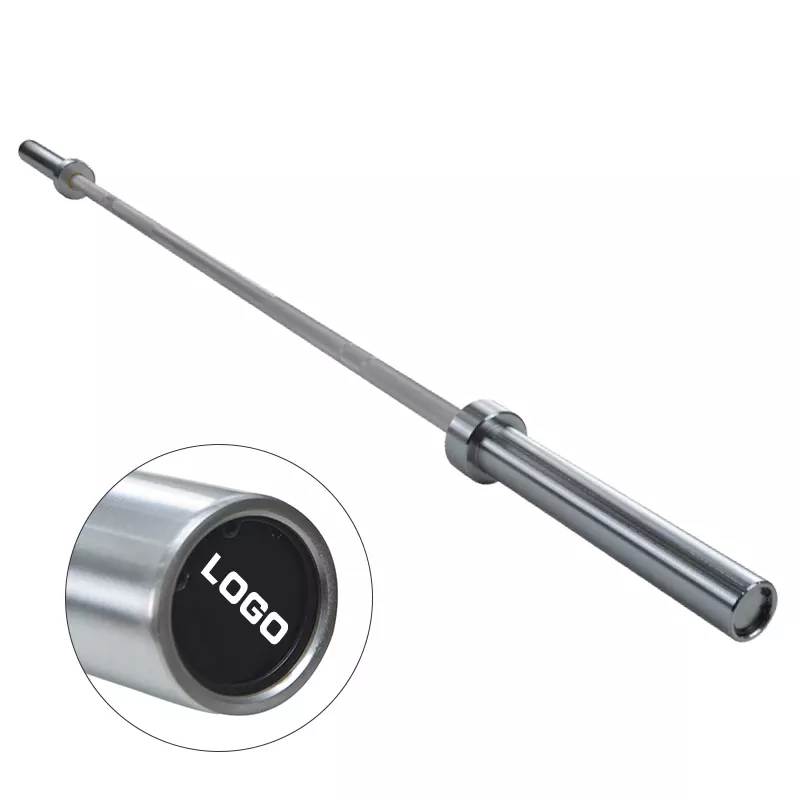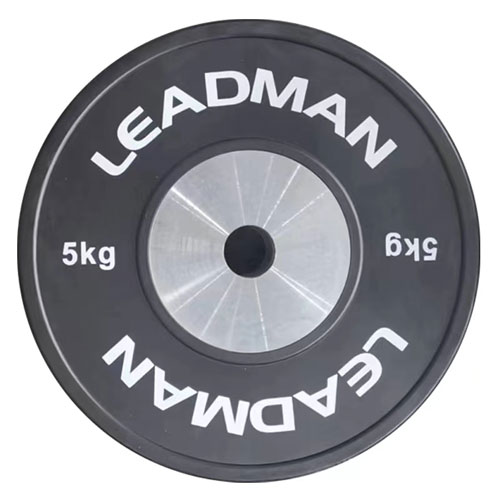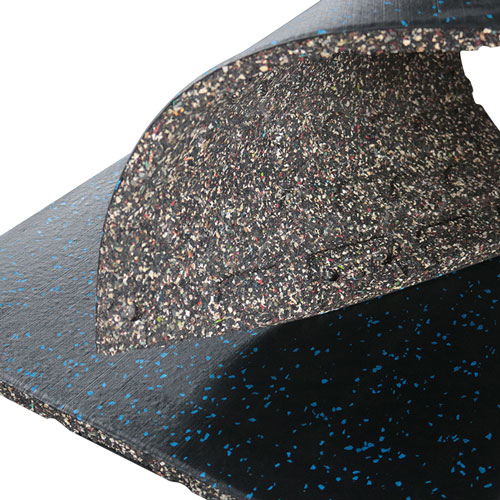Kāda ir atšķirība starp lētu un dārgu jogas paklāju?
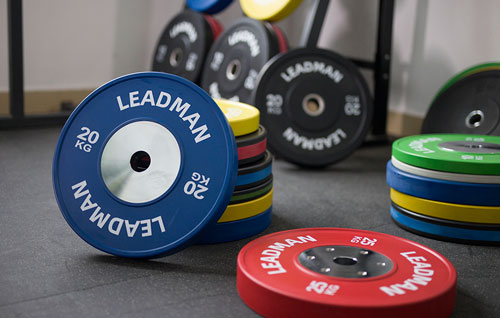
Remember that first yoga class? The excitement, the anticipation… then the unsettling feeling of your feet slipping on the mat during downward-facing dog, followed by a nagging knee ache from the paper-thin cushioning? That, my friends, was the yoga mat dilemma in action. The seemingly simple piece of equipment can significantly impact your practice, and choosing the wrong one can lead to discomfort, injury, and ultimately, a less enjoyable experience. While the price difference between yoga mats can be significant, the value proposition extends far beyond the initial cost. This post will explore the key distinctions between cheap and expensive mats to help you choose the right one for your needs and budget.
Materiālie jautājumi: Jūsu prakses pamats
The material of your yoga mat is the cornerstone of its performance. Different materials offer varying levels of grip, cushioning, durability, and environmental impact. Let's delve into some of the most common options:
PVC (polivinilhlorīds): PVC is ubiquitous in budget-friendly yoga mats. Its pros are undeniable: it's incredibly affordable and generally durable. However, PVC's cons outweigh its advantages for many practitioners. It's a non-biodegradable plastic, contributing to environmental pollution. More importantly, its slick surface often loses grip when wet, making it dangerous for sweaty practices like Bikram or hot yoga. The lack of cushioning also adds to discomfort during longer sessions.
TPE (termoplastiskais elastomērs): TPE is a more eco-friendly alternative to PVC. It's often touted as a sustainable option because it's recyclable and made from a blend of plastics rather than a single petroleum-based component. TPE mats usually provide decent cushioning and are generally more comfortable than PVC. However, they may not be as durable as natural rubber and can sometimes lose grip over time, especially with heavy use.
Dabiskais kaučuks: Natural rubber mats offer superior grip, especially when sweaty, making them ideal for hot yoga and vigorous practices. They're naturally absorbent and often quite durable. From a sustainability standpoint, responsibly sourced natural rubber is a winner. However, natural rubber can be pricier than PVC or TPE. It might also have a strong initial odor that dissipates over time, and it's susceptible to mildew if not properly cleaned and stored.
Citi materiāli: A growing number of innovative materials are entering the yoga mat market. Cork mats offer excellent grip and are naturally antimicrobial, reducing the risk of mildew. However, they tend to be less durable and can be sensitive to moisture. Jute mats are another eco-friendly option, but their lack of cushioning and grip limits their suitability for certain practices. Microfiber mats are lightweight and easy to clean, but might not provide sufficient cushioning or grip for all styles.
Saķere un stabilitāte: Noturēšanās uz vietas plūsmas laikā
Grip is paramount for safety and the overall quality of your practice. A mat that slips during challenging poses can lead to injury and frustration. Cheap mats, often made of PVC, often lack sufficient grip, particularly when your skin is wet with sweat. The surface might be smooth and offer little friction, leading to instability. In contrast, higher-quality mats made of natural rubber or textured TPE offer significantly enhanced grip, keeping you securely grounded even during intense flows. The texture plays a crucial role here: deeply textured surfaces provide more points of contact, enhancing grip and stability.
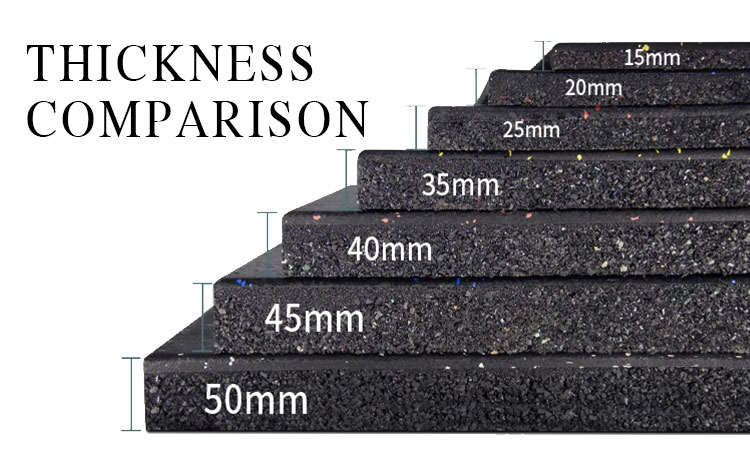
Biezuma salīdzinājums
Mīkstinājums un komforts: Jūsu locītavu aizsardzība
The thickness of your yoga mat is directly correlated to its cushioning. Thinner, cheaper mats offer minimal joint protection, potentially leading to discomfort or even injury during poses that place pressure on knees, hips, elbows, and wrists. Thicker, more expensive mats provide superior cushioning, absorbing impact and reducing strain on your joints. This difference is particularly noticeable during longer practices, where joint discomfort can significantly impair your performance and enjoyment. High-density foam provides superior cushioning compared to thinner, less dense alternatives.
Izturība un ilgmūžība: Ieguldījums ilgtermiņā
While a cheap mat might seem like a budget-friendly option upfront, its lack of durability translates to higher long-term costs. Cheap mats are prone to tearing, ripping, and general wear and tear, requiring frequent replacements. Higher-quality mats, on the other hand, are designed to withstand intense use and maintain their integrity over time. Consider the "cost per use": a more expensive mat that lasts for years might actually be cheaper in the long run than repeatedly replacing cheaper mats. Look for mats with reinforced edges to prevent fraying and tearing.
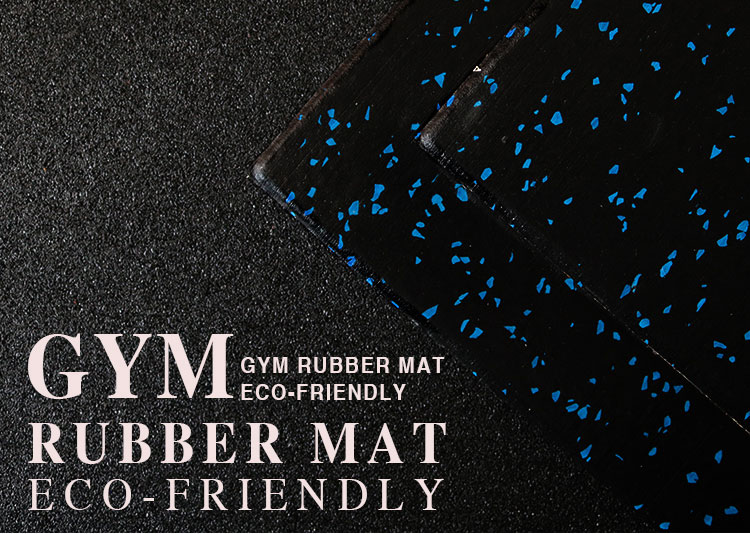
Sporta zāles gumijas paklājs
Videi draudzīgas iespējas: Ilgtspējīga izvēle
The environmental impact of your yoga mat should be a key consideration. PVC production and disposal contribute significantly to pollution. Opting for eco-friendly materials like TPE, natural rubber (sourced responsibly), or cork reduces your environmental footprint. Look for certifications such as OEKO-TEX Standard 100, which guarantees the absence of harmful substances in textiles and ensures that manufacturing processes adhere to stringent environmental standards.
Izmērs un svars: Atbilstoša izmēra atrašana
Standard yoga mat sizes generally range from 72 inches long and 24 inches wide, though variations exist. Taller individuals might prefer extra-long mats. Consider your height and practice style when choosing a size. Weight is another factor to consider, especially if you plan to transport your mat regularly. Lighter mats are easier to carry, while heavier ones might offer increased stability. Travel mats are designed for portability and compactness.
Tīrīšana un apkope: Svaiga paklāja uzturēšana
Proper cleaning and maintenance are vital for prolonging the life of your yoga mat and preventing the growth of mildew. Always check the manufacturer's instructions for specific cleaning recommendations. Generally, you should avoid harsh chemicals and opt for mild soap and water. Regular cleaning not only removes sweat and dirt but also helps maintain grip. Proper storage in a dry, well-ventilated area is also crucial to prevent mildew and damage.
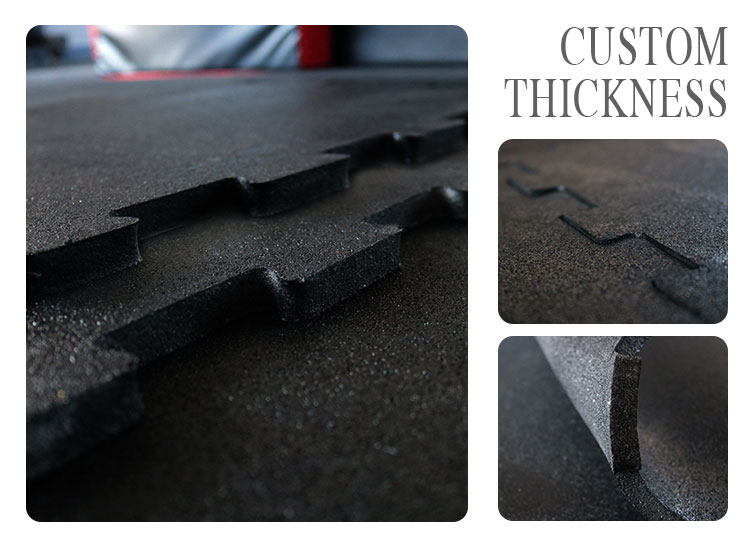
Pielāgotais biezums
Cenas punkta apsvērumi: Līdzsvars starp vērtību un budžetu
Yoga mats range in price from under $20 for basic PVC mats to over $100 for high-end natural rubber or specialized mats. Understanding this price range is essential for informed decision-making. While budgeting is important, remember that investing in a high-quality mat can save money in the long run by reducing the need for frequent replacements. For budget-conscious consumers, TPE mats offer a good balance between price and performance. Those prioritizing grip and sustainability might choose a natural rubber mat, despite the higher cost.
Secinājums: Izvēloties pareizo jogas paklājiņu jums
The choice between a cheap and an expensive yoga mat boils down to a careful consideration of your individual needs and priorities. Cheap mats offer affordability but often compromise on grip, cushioning, durability, and environmental impact. Expensive mats offer superior performance in these areas, justifying the higher cost through longevity and enhanced practice quality. Ultimately, investing in a yoga mat that supports your practice, comfort, and well-being is a worthwhile investment. Choose wisely, and enjoy your flow!
Biežāk uzdotie jautājumi par jogas paklāja izvēli un uzturēšanu
1. Kāda ir atšķirība starp lētu un dārgu jogas paklājiņu?
Lēti jogas paklāji bieži vien ir izgatavoti no PVC, un to saķere, amortizācija un izturība var būt ierobežota. Dārgāki paklājiņi, piemēram, no dabiskā kaučuka vai TPE, nodrošina labāku saķeri, komfortu un ilgtermiņa izturību, kas var uzlabot jūsu praksi un ilgtermiņā ietaupīt naudu.
2. Kā izvēlēties pareizo jogas paklājiņu savai praksei?
Apsveriet tādus faktorus kā materiāls (PVC, TPE vai dabiskais kaučuks), polsterējuma biezums un saķere, kas piemērota jūsu treniņa veidam. Karstās jogas vai sviedrainas prakses gadījumā izvēlieties paklājiņus ar labāku saķeri, piemēram, no dabiskā kaučuka. Ja svarīga ir ilgtspēja, lieliska izvēle ir ekoloģiski draudzīgi risinājumi, piemēram, korķis vai TPE.
3. Kā kopt savu jogas paklājiņu, lai tas būtu labā stāvoklī?
Galvenais ir regulāri tīrīt. Lai noslaucītu paklājiņu, izmantojiet maigas ziepes un ūdeni un izvairieties no asu ķimikāliju lietošanas. Lai novērstu pelējuma veidošanos, glabājiet paklājiņu sausā, labi vēdināmā vietā. Vienmēr pārbaudiet ražotāja aprūpes norādījumus, lai uzzinātu labāko praksi.
4. Vai es varu izmantot jebkuru jogas paklājiņu visiem jogas veidiem?
Lai gan daudzi paklāji ir universāli, dažiem jogas veidiem, piemēram, karstajai jogai vai Bikram jogai, ir nepieciešami paklāji ar izcilu saķeri un mitruma izturību. Šādām praksēm ideāli piemēroti ir paklājiņi, kas izgatavoti no dabiskā kaučuka vai teksturēta TPE. Maigākām praksēm, piemēram, atjaunojošajai jogai, piemērotāks varētu būt biezāks, polsterēts paklājs.

